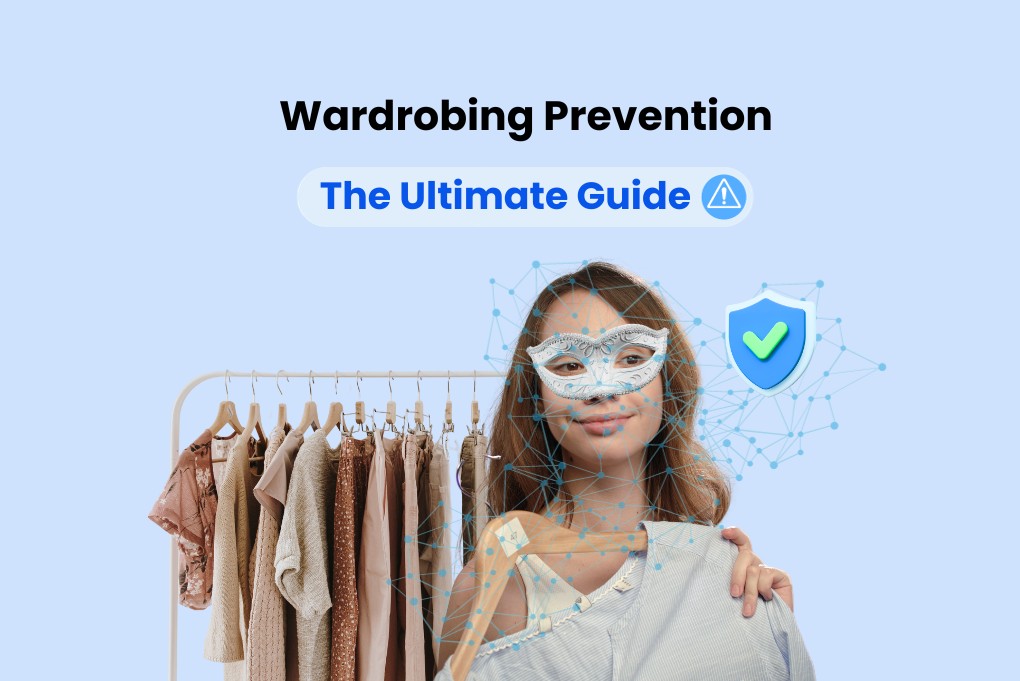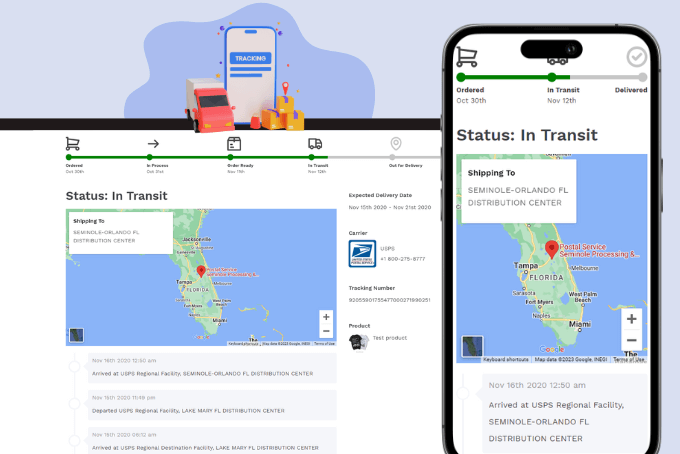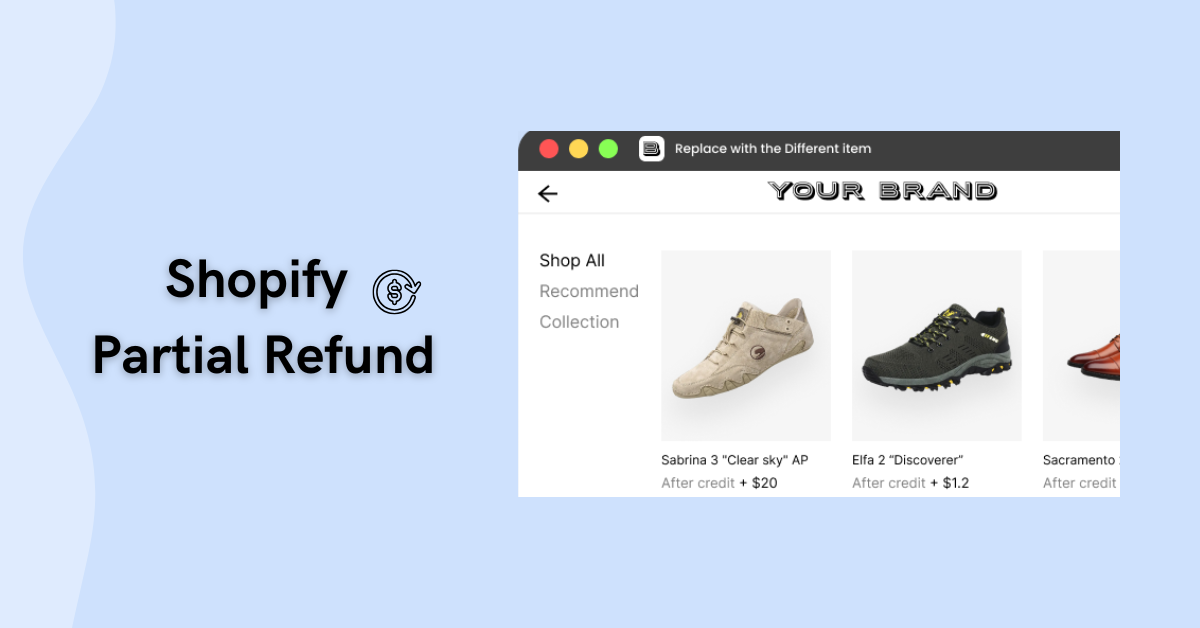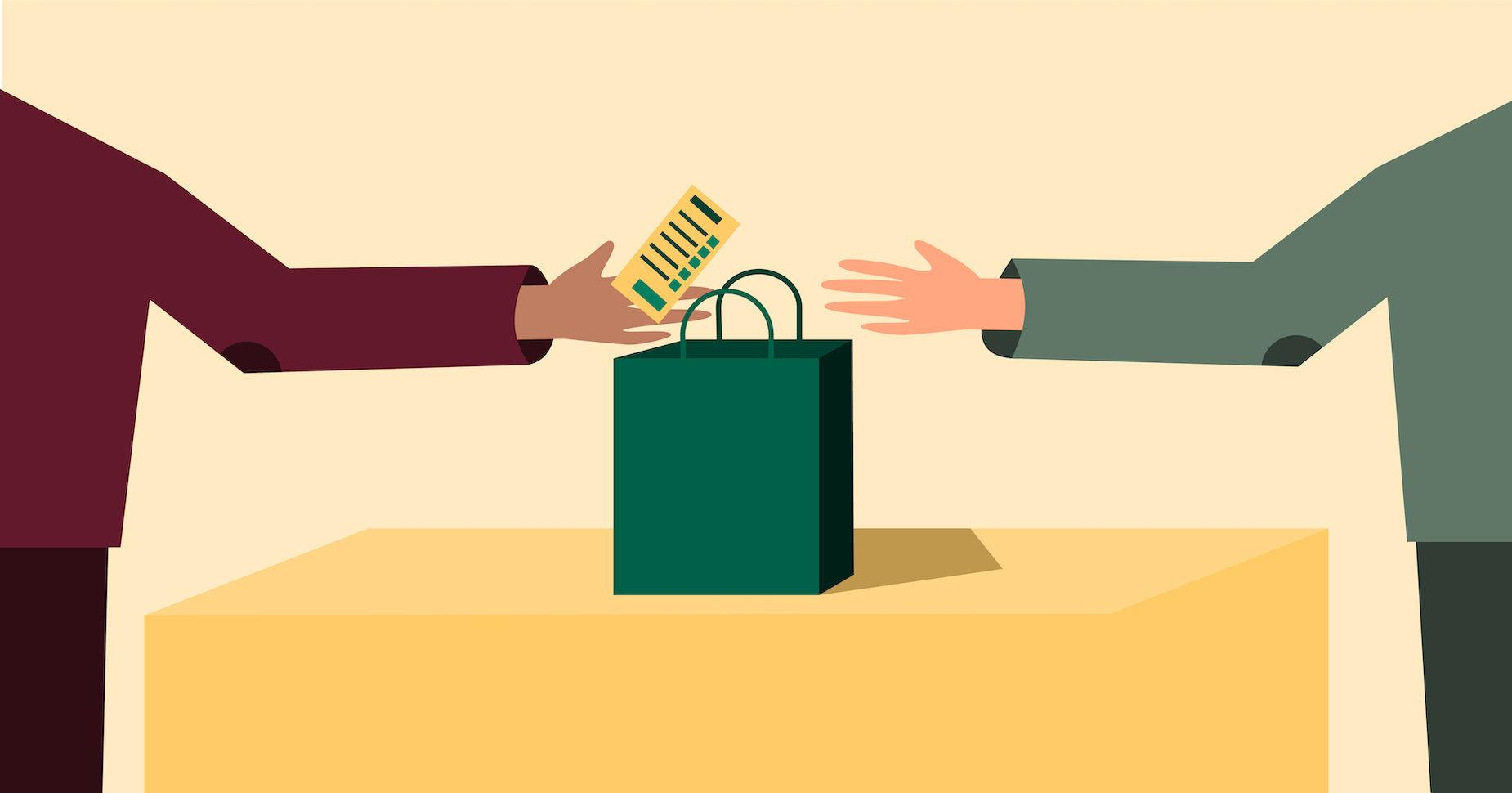The Ultimate Wardrobing Prevention Guide for Online Retailers

As the cost of living has continuously increased, many consumers have turned to different types of return fraud to get more than they can afford from online shops. One type of return fraud on the rise is wardrobing, which affects online retailers selling fashion apparel.
According to the National Retail Federation, wardrobing and other return frauds cost online retailers $12.6 billion in lost sales annually. Many customers view return fraud wardrobing as a victimless crime due to the lack of face-to-face experience when shopping for and returning products online.
This article will update you on the complexities of wardrobing and its effect on online retailers. Read through the article to learn the different strategies you can use to protect your business from the effects of wardrobing.
Understanding Wardrobing
Explore with us to learn everything about wardrobing prevention and maintaining your client’s trust while safeguarding your online business from fraudulent practices.
What is Wardrobing?
Wardrobing is a type of returns fraud that involves buying articles of clothes with the intention of returning them after wearing them once. Generally, consumers engaging in wardrobing order clothes for a planned night out or event, wear them while hiding the tags, and then return them. The most common excuses given by perpetrators of wardrobing include wrong dimensions, late arrival, and products no longer needed.
The return fraud wardrobing accounts for almost 70% of all fraudulent returns, and nearly 40% of shoppers admit that they’ve committed the wardrobing fraud. All these mean that the trend may not stop anytime soon.
Why Do Customers Engage in Wardrobing?
While each customer may have a different reason, the most common reasons they engage in wardrobing include:
- Challenging Economic Conditions – One of the crucial aspects is having a revolving wardrobe to avoid being seen with the same outfit twice. Therefore, most people engaging in wardrobing cannot maintain an evolving wardrobe every day.
- Fit and Quality Testing – Customers may wear an item once to determine if the outfit meets their needs. Customers may try to return the worn item if the fit is lower quality than expected or if the outfit does not fit them correctly.
- One-Time Occasion – Some customers may need an outfit for a one-time occasion and then want their money back once the outfit has served its purpose.
- To Keep Up with Trends – Participating in wardrobing is an attempt to keep up with changing fashion trends. Such customers may not have the funds to stay trendy by normally buying and keeping everyday outfits.
Is Wardrobing Illegal?
Wardrobing is not illegal by itself. However, the practice goes against online retailers’ return policy and is mostly frowned upon.
Should Wardrobing Be Illegal?
The jury is still out on whether or not wardrobing should be illegal. Most online shops view shoppers who plan to return items from the beginning as prospective loyal customers. Additionally, making wardrobing illegal may make it hard for shoppers who have genuine reasons for returns to do so.
The Adverse Impact of Wardrobing
1. Increased Costs
Less than half of all returned goods make it back on the shelf at full price, and most of the returning cost is borne by the retailer. According to an NRF and Appriss Retail survey, online merchants lost almost $13 billion in 2021 due to returns.
The return costs e-commerce retailers bear include return request processing, reverse shipping, restocking, labor, repackaging, and remarketing costs. The situation worsens during the holidays, as return rates usually spike significantly. Each week from November 2022 to mid-January 2023, online retailers saw returns in more than 10% of orders, according to Salesforce data.
2. Complicated Inventory Management
In addition to added costs, online retailers must update their inventory after every return. In most cases, merchants end up with an excess or shortage of one item, which makes it hard to plan inventory. This situation may affect non-wardrobing customers as they may find their desired items are out of stock.
3. Environmental Issues
Today’s fashion industry is the contributor to more than 10% of global carbon emissions, and wardrobing only works to exacerbate the situation. Wardrobing is a major cause of environmental pollution, as most returned garments usually end up in landfills. Additionally, vehicles used in transporting returned products contribute to air pollution and climate change, while waste from repackaging increases the amount of a company’s garbage.
These effects of wardrobing on the environment show that the practice is far from an innocent and victimless crime. When one engages in wardrobing, it affects not only the retailer but also the society.
5 Wardrobing Prevention Tips
1. Review and Update Your Return Policy
A clear, easily visible, and reasonable return policy is your first line of defense against wardrobing. A return policy allows you to set return rules that discourage wardrobing. For example, you can stipulate that to return items, they should be unworn with tags intact.
Sometimes, you can set up exceptions and special circumstances that vary according to product categories. You can exempt certain accessories that complement outfits from returns and thus incentivize customers to choose to get an exchange for what they bought.
Time limits and additional charges also go a long way in discouraging customers from wardrobing. Return fees can include restocking fees and shipping charges. The timeframe for returns can vary from a few days to a few weeks. However, remember that the longer the timeframe, the higher the chances customers will return.
2. Make Your Return Policy Clear and Easily Accessible
You must ensure your return policy is easily accessible, legible, and practical. The benefit of a clear return policy is that it helps set clear expectations for customers. Similarly, stating the terms of the policy upfront can encourage purchases since customers can shop confidently, knowing what to expect when they make a purchase. The return policy also helps deter fraudsters since well-defined policies make it more difficult to manipulate the system for fraudulent returns.
Therefore, you should prominently display your return policy in as many places as possible. You can place the return policy on the product, checkout, and return pages. The trick is to make the return policy as hard to ignore as possible, turning it into an effective deterrent to prevent wardrobing.
3. Use Anti-Wardrobing Tags
An anti-wardrobing tag is a special tag placed on clothes, shoes, and fashion accessories to discourage “wear-and-return” practices. These tags clearly communicate to customers that they need to be intact for retailers to process their returns.
An anti-wardrobing tag is a great alternative to harsh return policies as they make it impossible for customers to wear outfits in public comfortably. Manufacturers of these tags purposefully make the tags stick out like a sore thumb. This way, customers have no choice but to try the outfit and only break the tag. One great example of an anti-wardrobing tag is a 360ID tag.

4. Learn How to Identify Wardrobing Fraudsters
While wardrobing perpetrators will try to hide behind genuine shoppers returning their items, they usually leave behind tell-tale signs of what they’re doing. These signs can help you create an effective wardrobing prevention strategy.
A wardrobing fraudster will:
- Have a return history within a short period of time right after purchase;
- Place variations of the same product in the same order;
- Ship returns from a different location from where it was delivered.
Once you’ve identified certain wardrobing fraudsters, you can blacklist them from your store to prevent further losses.
5. Inspect Returned Items Carefully
More often than not, online retailers are quick to process returned items and put them back on the shelves. Although this practice may help you recoup revenue fast, it can allow wardrobing to continue in your store unabated. Some returned goods may have subtle signs of wardrobing that you can miss due to rushed inspection.
When inspecting returned items, watch out for signs that they may have been used. These signs can include:
- Damaged tags
- Reattached tags
- Perfume or cologne scent
- Dirt, sweat, debris, or lipstick stains
- Deodorant stains
Stretched fabric along the collar or arms may indicate the item was worn
Wardrobing prevention can be a daunting and time-consuming task for online retailers, which is why most consumers are able to get away with the practice. Fortunately, returns management apps can help reduce wardrobing in your online store.
Prevent Wardrobing with ParcelPanel
The ParcelPanel Returns & Exchange app offers everything an online retailer needs to simplify and manage returns, including preventing wardrobing. The app allows merchants to define return eligibility rules and acceptable reasons for returns. Additionally, you can define a return window for all products. This way, you can ensure an unbiased return policy that discourages wardrobing and other fraudulent return practices.

With the app, you can easily view any customer’s return history and blacklist them if you suspect they’re wardrobing. Once you have your blacklist, ParcelPanel will automatically block the serial returners from your store. You can also limit return requests of wearable items; for example, you can stipulate that only one item can be returned per order. Another way the app helps online retailers prevent return fraud is by allowing merchants to charge restocking fees and reject refund requests.
ParcelPanel also ensures your return policy is clearly visible to customers. Shoppers in your store can clearly view all your various return solutions, return shipping methods, and instructions.
Install the ParcelPanel Returns & Exchange app on your Shopify store for free now.













![Top 10 Loop Returns Alternatives and Competitors [2025]](https://images.surferseo.art/355d37b8-6936-4be4-b677-f5314b151724.png)





















